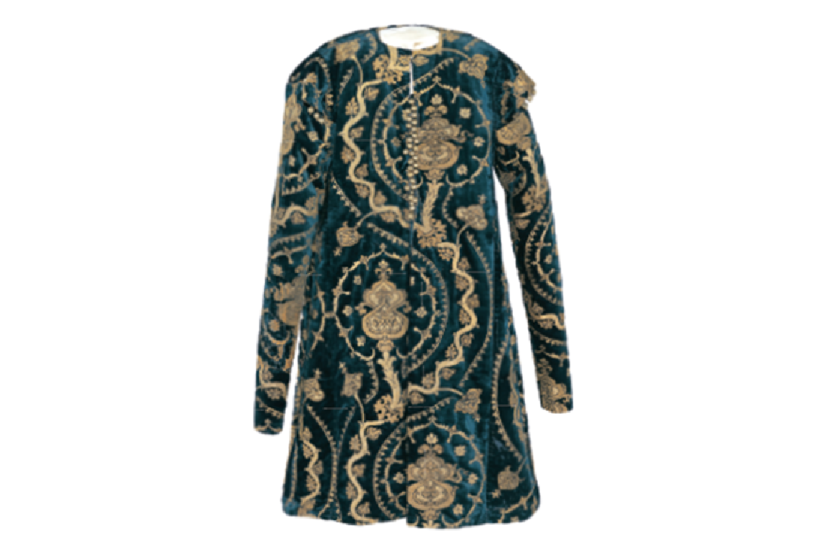
Emerging in mid-fourteenth century at the intersection of three overlapping circles – that of the Golden Horde, that of Byzantium and that of the Latin Europe – late medieval Wallachia was a loosely structured polity. The Wallachian succession to the throne was a gory affair, often the outcome of a military clash. From 1418 to 1632 (a period better documented than that of the hazy beginnings), there were more than 70 military confrontations for the throne of Wallachia, which roughly equals one every three years. The throne was, quite literally, up for grabs and almost any contender that benefited from some external support was usually able to defeat the ruling lord. Thus, an often-overlooked fact in the history of Wallachia is that the outsiders overcame the insiders almost every time. The growing pool of pretenders included not only legitimate and illegitimate descendants of previous lords and local aristocrats, but also some other Ottoman-Christian princes (Moldavian or Levantine). Once acquired however, the throne was far more difficult to hold on to, which reveals how weak the infrastructural power of the Wallachian lordship actually was. The contested successions continued even after the gradual and incomplete integration within the Ottoman Empire and the subsequent transfer of the main political hub of Wallachia to Istanbul, which arguably had a beneficial impact on the political stability of the realm. Romanian scholars previously focused on the systematic failure to transfer power directly from father to son, suggesting some kind of juridical or institutional deficiency. My approach is rather different, as my lecture will focus on the discursive and performative strategies adopted by the claimants to the throne, arguing that the open succession was imbedded in the very nature of the Wallachian lordship.
Marian Coman is associate professor in medieval history at the University of Bucharest and senior researcher at the “Nicolae Iorga” Institute of History of the Romanian Academy. His main research interests include late medieval Wallachia (14th to 16th century), as seen through the lenses of charters and diplomas, Renaissance cartography of Ottoman Europe, and travel writing in late medieval and Renaissance Europe. He is the author of Putere și Teritoriu. Ţara Românească medievală (Power and Territory. The Making of Medieval Wallachia), Iași, 2013, awarded the “Nicolae Bălcescu” prize of the Romanian Academy. His most recent publications on medieval Wallachia look into the cross-cultural genealogical discourses and the ritual of ascension to the throne. On the early modern European cartography, his latest studies examine the framing and the colouring of Ottoman Europe.